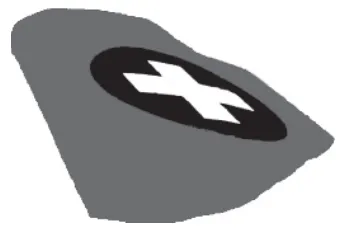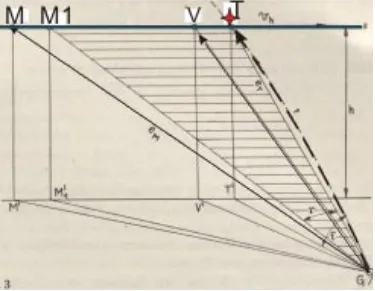
In the PART 1 the difficulties of the Swiss air defence at the beginning of WW-II was briefly described. The diplomatic intervention by the Swiss foreign office in London requesting a stop of English over-flights was to no avail. A short historic review is presented before our coverage of the Swiss air defence.

German light field howitzer 98/08, calibre 10,5 cm
The Beginning…
In the fall of 1783 the brothers Josef and Stefan Montgolfier managed the first hot air balloon flight. Not long after the first flight of the “Montgol- fière” the Prussian engineer Hayne presented an essay in which he discussed the military potential of balloons as well as the defence against their threat. His conclusions: To reach aerial targets only howitzers could be used as cannons simply lacked the necessary elevation angle.
When in June 1794 the «Aerostatiers» of the French revolutionary army in Maubeuge initiated balloon operations it took only a few days for the opponents (the Austro-Prussian union) to respond with two Austrian howitzers. About the experience of the first air defencel operation the commander of the targeted balloon, captain Coutelle reported: «We were at the altitude of ten units as suddenly a projectile passed overhead in a large arc. The second shot passed over the side and a third came dangerously close». A considerable achievement.
When in 1905 French trials with dirigible airships had progressed to the point where the army considered their introduction the question of air defence arose again. In Germany too the development of anti aircraft guns and ammunition was undertaken. The challenge of rapid elevation and azimuth adjustments of the guns as well as higher initial velocity of the ammunition was achieved.
Of great interest is the improvement of the ammunition itself and in particular its muzzle velocity (Vo): Comparison: German light howitzer 98: 302 m/s, German 10 cm cannon 04: 583 m/s, French car mounted cannon M97: 584 m/s, Swiss anti aircraft gun 38: 805 m/s, German 8.8 cm gun: 820 m/s. With these high initial velocities the wear of the barrels was significant and resulted in reduced accuracy. As a comparison the Swiss army carbine 31 has a Vo of 780 m/s and the Swiss automatic rifle 90 with the GP90 a Vo of 905 m/s.

First French car mounted 7,5 cm anti aircraft canon
The Challenge for Anti Aircraft Operations:
Consider the problems of accurate anti aircraft fire. The task is to hit the enemy moving in a three dimensional space at undetermined and varying speed, with unpredictable changes in direction and altitude. The formidable challenge is to place your fire at a point in space where the aircraft most probably will be after the elapsed travel time of the projectile. A correct determination of this «meeting point» results in a hit. There is no time for trial and error. The task of the anti aircraft batteries was even more difficult at night when aircraft identification had to be based on sound tracking and search lights.
The anti aircraft batteries consisted of four guns trained and fired in such a way as to place the four grenades in a circle of approximately 55 meters and to detonate simultaneously. The detonation of each grenade would result in some 1500 splinters exploding at great velocity in all directions. An aircraft at less than 10 meters from the detonation point would suffer crippling damage. Even at distances of 180 meters an aircraft would sustain heavy damage. To reach a target at 4000 m the grenade would need about six seconds. In this time the aircraft would travel 480 meters. The gunners would have to lead their aim. The needed info for sighting was generated by a command unit. Elapsed time from target identi- fication until detonation was about 21 seconds: 10 sec. for target acquisition by the command unit, 5 sec. for the fuse setting and loading and 6 seconds travel time for the grenade. A well trained crew achieved 5 seconds between firings. However this task was so strenuous that even a well trained crew was exhausted after two minutes.

Firing the 20 mm cannon

During firing the aim is held stable at the anticipated target point «T». With correct gun elevation it can be expected, that the aircraft will pass point «T» which is continuously saturated, typically the fourth grenade should score. Alternatively the gunner follows the target and fires several bursts, continuously adjusting his aim based on telemetry by an observer. This latter method has the disadvantage of high ammunition use.
Firing heavy A/A artillery
At point M the target is acquired, at M1 data are fed to the battery and the time fuse is set. Until the grenade is loaded, the breach is locked and the gun fired a certain time elapses. This time delay is critical and a well trained crew is essential to achieve the simultaneous firing of the four guns in a battery.
